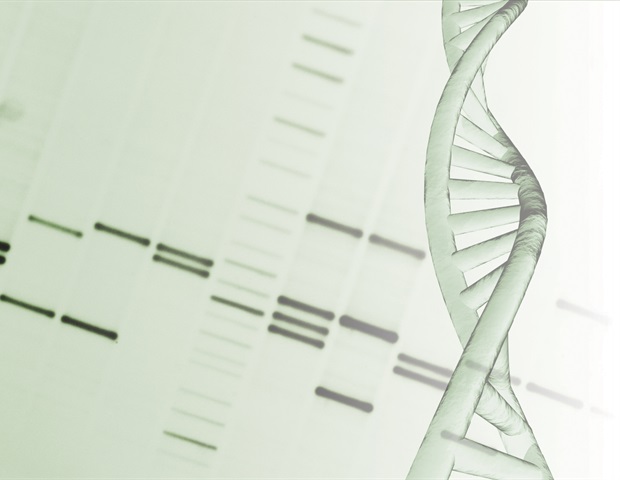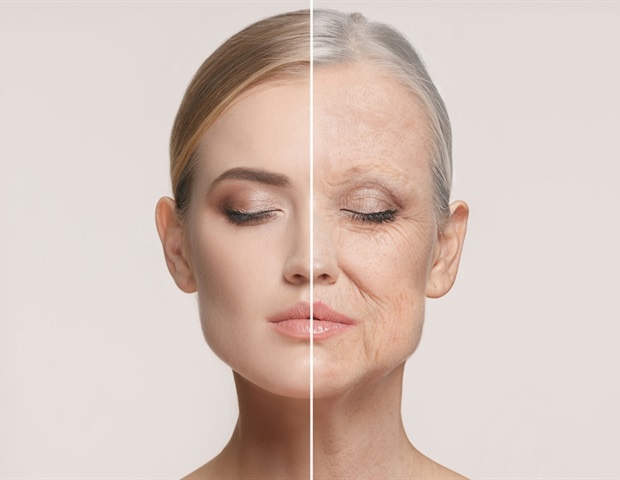In a current examine printed within the Cell, researchers evaluated host immune responses to four coronavirus illness 2019 (COVID-19) vaccines representing three totally different vaccine know-how platforms, specializing in immune memory responses.
The researchers analyzed T cell, B cell, and antibody responses to messenger ribonucleic acid (mRNA)-based vaccines, mRNA-1273, BNT162b2. Likewise, they analyzed immune responses to the recombinant protein-based adjuvanted vaccine NVX-CoV2373 and viral vector-based Ad26.COV2.S vaccine.
Background
A number of preclinical trials have demonstrated that extreme acute respiratory syndrome coronavirus 2 (SARS-CoV-2) vaccines are remarkably efficient in stopping development to extreme illness due to their excessive vaccine efficacy (VE). Equally, population-based research performed in real-world settings have proven that these vaccines have a definite immunological mechanism of motion. Due to this fact, the VEs of totally different COVID-19 vaccines for hospitalization and an infection range, with a extra secure VE in opposition to hospitalization over time than an infection.
Research have additionally established antibodies as a powerful correlate of protecting immunity over the primary few months post-vaccination. Whereas antibodies stop SAR-CoV-2 an infection, mobile immunity modulates illness severity to resolve the an infection. Collectively, these findings point out that totally different COVID-19 vaccines may be inducing differential immune memory.
There may be restricted availability of standardized mobile assays for comparisons of immunogenicity of COVID-19 vaccines. Extra importantly, there’s a lack of longitudinal research instantly evaluating the kinetics of vaccine-specific immune memory in people utilizing cryopreserved peripheral blood mononuclear cells (PBMCs).
Concerning the examine
Within the current examine, researchers recruited and divided all of the examine individuals into four teams, with people in every group receiving a unique platform-based COVID-19 vaccine. The examine individuals had related gender, age, and races/ethnicity. They collected blood samples of all of the individuals at totally different time factors and preserved their plasma and PBMCs.
The staff measured immunoglobulin G (IgG) ranges in opposition to SARS-CoV-2 nucleocapsid (N) protein. Moreover, they carried out binding antibody and pseudovirus (pSV) neutralization assays on all of the check samples and measured spike (S), receptor-binding area (RBD)-specific IgGs, and anti-N antibodies.
Lastly, the researchers used correlation matrixes and principal part evaluation (PCA) to carry out multiparametric evaluation throughout all four vaccine platforms. On this approach, they evaluated the relative immunogenicity of every COVID-19 vaccine; likewise, they examined the connection between vaccine-induced early immune responses and immune memory.
Research findings
The researchers carried out 1408 measurements on 352 samples to quantify binding antibody and pSV neutralization titers. 100% of mRNA-1273 recipients exhibited excessive S and RBD-specific IgG ranges and neutralizing antibodies (nAbs) at six-months post-vaccination.
For your entire six months post-vaccination, nAb titers trended decrease in BNT162b2 recipients than within the mRNA-1273 recipients. Throughout the identical time, the Ad26.COV2.S vaccine induced considerably decrease nAb titers and S and RBD IgGs than mRNA vaccine recipients, whereas the NVX-CoV2373 recipients had nAb titers comparable to each mRNA vaccinees.
All four totally different COVID-19 vaccines induced totally different qualities and portions of the cluster of differentiation (CD)4+ T cell, CD8+ T cell, and antibody responses. All m-RNA-based vaccines induced the formation of SARS-CoV-2 S-specific memory CD4+ T cells and related frequencies of S-specific memory CD8+ T cells, with circulating T follicular helper (cTfh) cells and CD4-cytotoxic T cells (CTL) populations extremely represented after vaccination with the mRNA and NVX-CoV2373 vaccines. Notably, CD8+ T cell frequencies have been solely detectable in 60-67% of check topics at six months. Though antibodies elicited in response to mRNA vaccines waned put up six months; nonetheless, memory T and B cell populations remained comparatively secure.
The researchers used S and RDB probes to establish, quantify and phenotypically characterize memory B cells from vaccinated topics at 3.5 and 6 months post-vaccination. The kinetics of memory B cell responses to the four vaccines diversified, with an noticed improve in S-specific memory B cells over time. The fold-increases within the RBD-specific memory B cell frequencies six months after mRNA-1273, BNT162b2, Ad26.COV2.S and NVX-CoV2373 have been 1.7, 2.2, 2.1, and three.05, respectively.
PCA mapping indicated two distinct immunological profiles for mRNA-1273 and Ad26.COV2.S vaccines, based mostly on 3.5 and 6-month post-vaccination information. Accordingly, the distinguishing function of the Ad26.COV2.S vaccine was that it elevated the frequency of S-specific chemokine receptor 3 (CXCR3)+ memory B cells simply as pure infection-induced immunity; nonetheless, mRNA vaccines didn’t. The immunological profiles of each the mRNA vaccines intently resembled, however the profile of BNT162b2 was extra heterogeneous.
Conclusions
The current examine established the magnitude and length of vaccine-induced immune memory throughout four vaccine platforms by way of a complete analysis of effector and memory immune responses.
Throughout all of the antigen-specific immune metrics assessed, mRNA vaccines have been persistently probably the most immunogenic. Contrastingly, the immune responses induced by Ad26.COV2.S have been comparatively decrease however extra secure, and that of NVX-CoV2373 was comparable to mRNA vaccines. The present examine information coupled with VE information for numerous different vaccine platforms might be related for different vaccine efforts.







